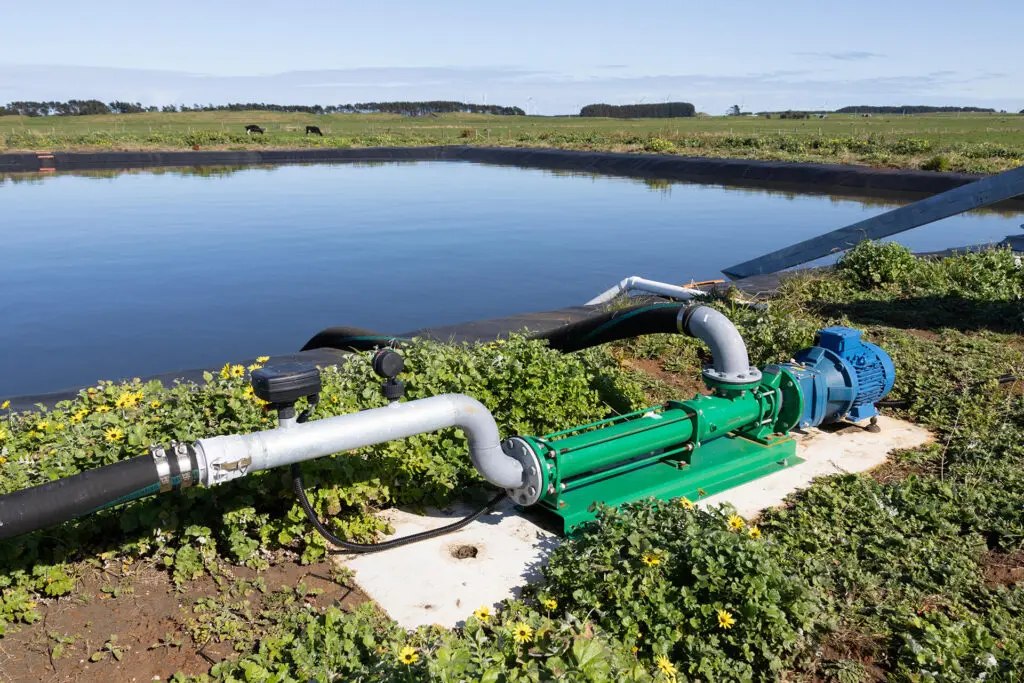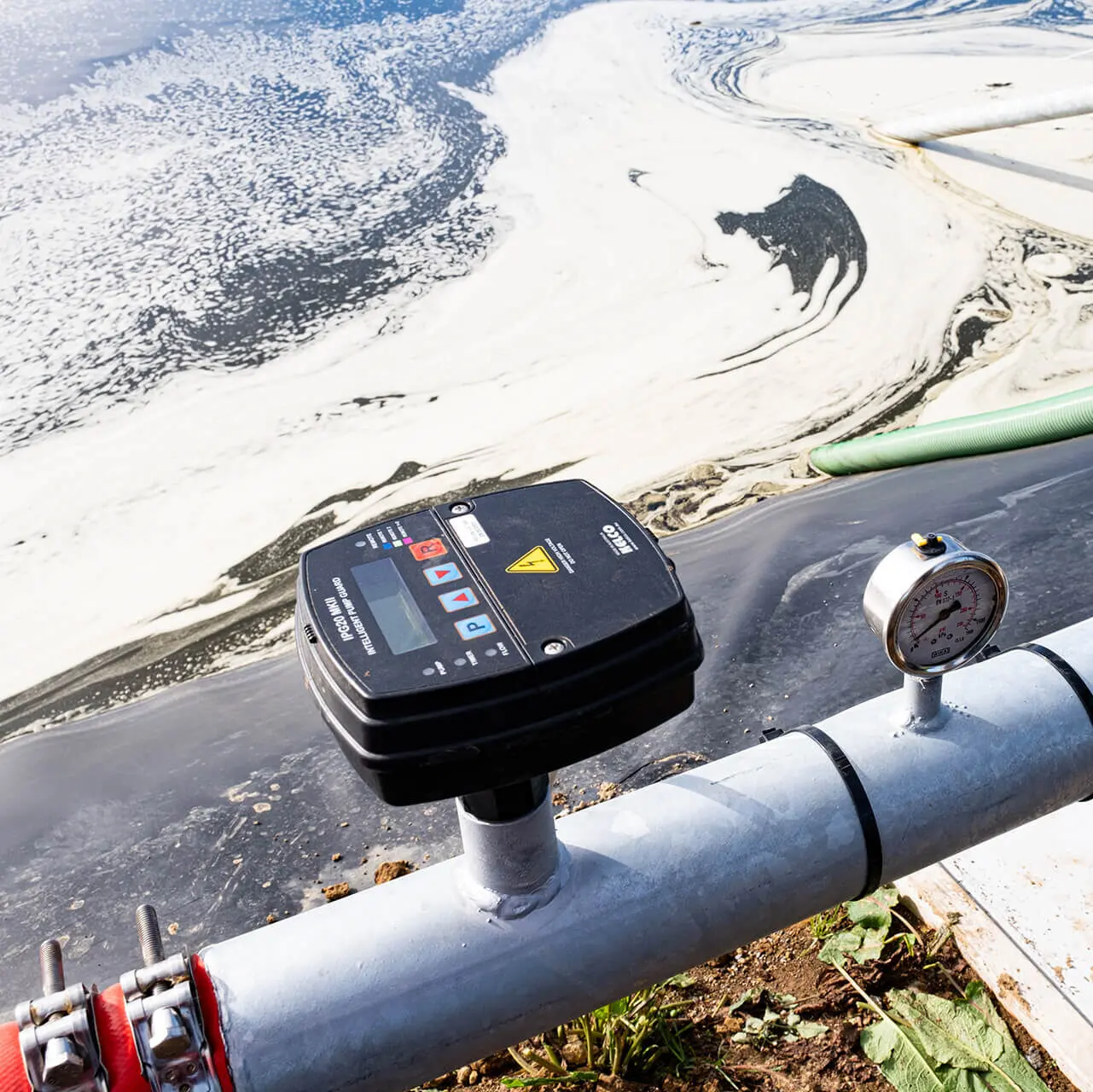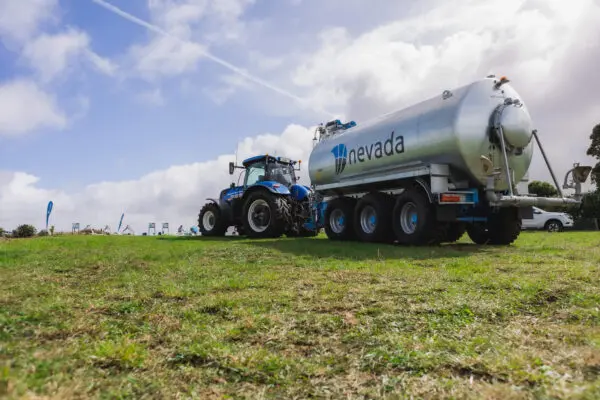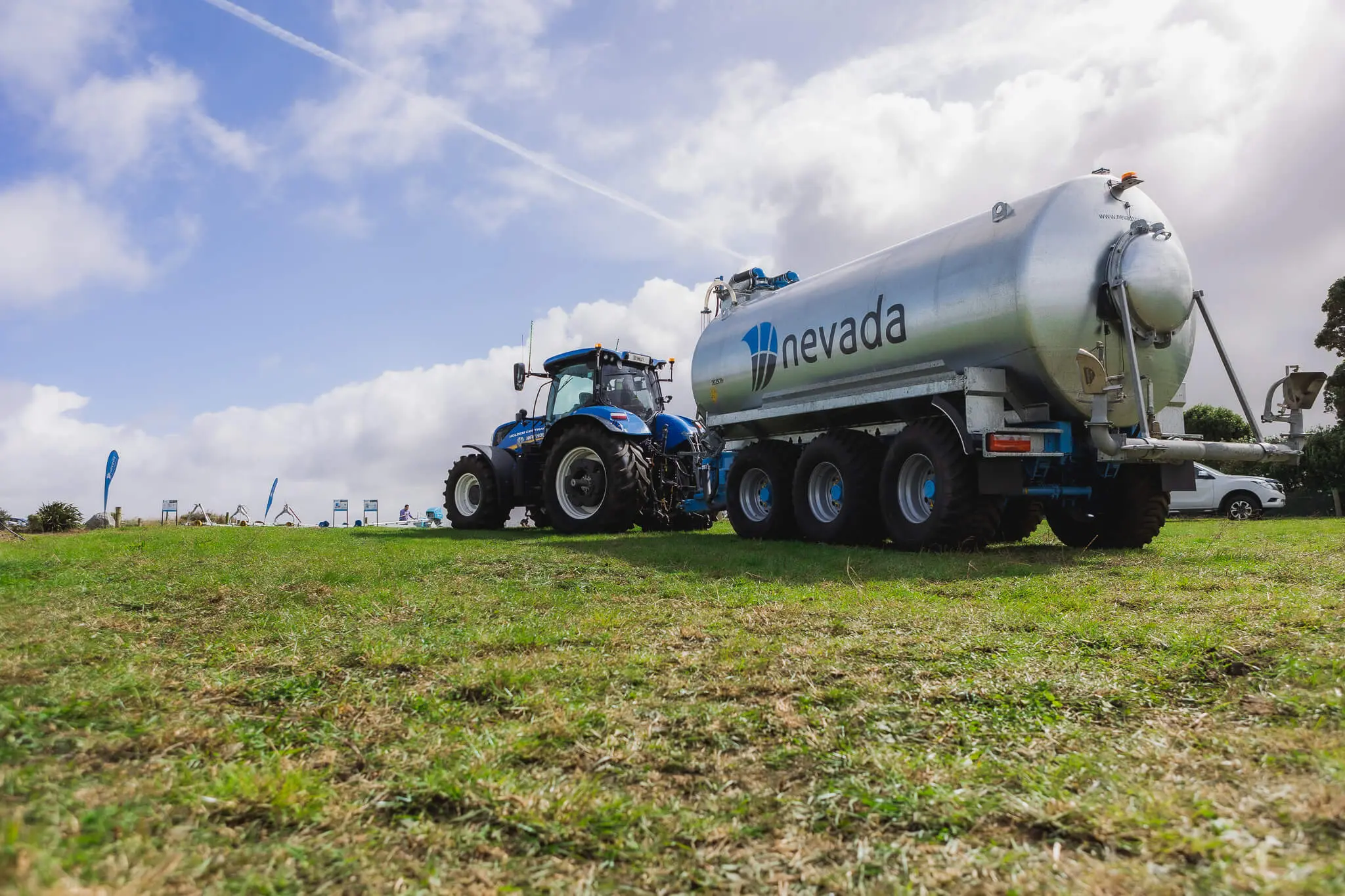- Sustainable Effluent Management
When comparing a progressive cavity pump vs centrifugal options, both serve different purposes depending on farm size, terrain, and effluent volume. While floating and long-shaft centrifugal pumps still have their place, a progressive cavity system is generally the smarter, more efficient choice for modern effluent management. Read on to learn more about how these pumps differ and which is right for your farm.
If you are planning to upgrade or replace your current effluent pump, you will likely compare pumps to determine which best suits your operation. While we generally recommend a progressive cavity (PC) pump for most systems, there are certain situations where a floating centrifugal pump remains a suitable option. Understanding how each works will help you make informed decisions about the right investment for long-term performance.
These systems differ in both design and function. A progressive cavity effluent pump (PC Pump) is a shore-mounted option that is safer, more service-efficient, and longer lasting. It provides a consistent flow and better efficiency, helping reduce running costs. PC Pumps are also self-priming, which prevents common issues such as dry starts or interruptions in flow.
If your farm requires high-pressure to pump over long distances or uphill, a progressive cavity pump is ideal. At Nevada, our PC Pumps feature a less steep rotor and are built with high-quality materials, reducing wear over time and extending service life.

At Nevada, we take care to ensure every pump setup operates safely and efficiently. A well-designed pump chamber that remains wet improves pump longevity and performance. With a PC pump, you can run at higher pressure and maintain complete control through both manual and automatic operation settings.
Older PC pumps sometimes failed due to running dry, but today’s intelligent pump controllers solve that problem. These smart systems detect flow as soon as the pump begins to operate. If there is no flow within a few seconds, the controller automatically stops the pump and sends an alert. It can also detect leaks, blockages, or changes in flow while operating, reducing the risk of costly damage.
This innovation makes a strong case for the comparison, as PC pumps now offer both safety and automation advantages over traditional designs.

These pumps are a long-established option that continues to perform well in specific situations. Rather than being shore-mounted, they sit submerged in effluent and operate at a lower pressure. Due to that limitation, these pumps are often less suited for large-scale or high-pressure systems but remain a reliable choice for smaller effluent setups or transfer applications.When comparing progressive cavity pumps to centrifugal pumps, keep in mind that centrifugal pumps are best suited for lower head pressure and shorter distances. For more demanding operations, a progressive cavity system will typically deliver stronger pressure and greater consistency.

Centrifugal pumps generally require a variable speed drive (VSD) to adjust the motor speed and maintain a steady flow rate. A flow meter is also needed to measure output and ensure irrigation across paddocks remains even.
Floating or long-shaft centrifugal pumps are a suitable choice for smaller in-ground sumps, feedpads using choppers, or for transferring effluent between ponds. However, they are not designed for high-performance applications and cannot match the efficiency of modern PC pumps.


In addition to the VSD and flow meter, a floating centrifugal pump setup usually requires a PondBoom™ or pontoon. Servicing these components can be hazardous, as pontoons must be retrieved to shore. For safer and more accessible operation, a shore-mounted progressive cavity pump eliminates this risk.
Shore-mounted single or multi-stage centrifugal pumps are sometimes used for filtered effluent, avoiding the need for pontoons. However, they still require a VSD and flow meter, and they are not suitable for raw effluent with solids or fibrous material. In these situations, a progressive cavity system offers significantly improved reliability and reduced blockages.
When comparing these two options, the main differences lie in efficiency, maintenance, and versatility. A PC pump provides steady flow at high pressure, handles thicker effluent, and offers improved safety through intelligent controllers. Centrifugal pumps are simpler but require additional equipment such as VSDs, flow meters, and pontoons to perform at the same level.
For most modern dairy effluent systems, the progressive cavity model is a clear winner in terms of long-term performance and reduced risk of downtime.
Nevada has been helping dairy farmers design smarter, safer systems for years. While floating and long-shaft centrifugal pumps still have their place, upgrading to a progressive cavity effluent pump delivers far greater efficiency, reliability, and control.
If you are ready to upgrade or replace your pump, contact the Nevada team today to discuss the best solution for your farm. We can help you determine which system is best suited for your setup and provide expert installation and support.
"*" indicates required fields

"*" indicates required fields

"*" indicates required fields

"*" indicates required fields

